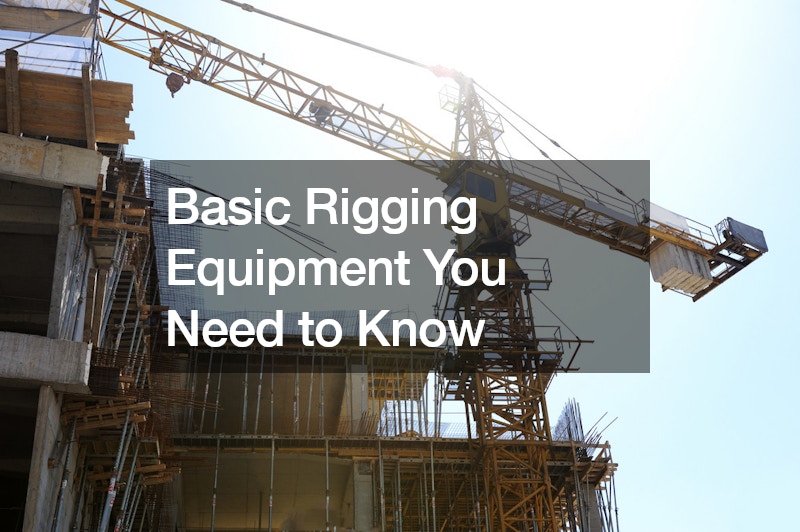Quality rigging equipment is essential for lifting and moving heavy loads safely and efficiently in various industries such as construction, manufacturing, and shipping. Becoming familiar with basic rigging equipment is crucial for anyone involved in these operations to ensure safety and productivity.
Slings are the backbone of rigging operations, as they are used to lift and support loads. Each type of sling has specific strengths and applications.
For instance, wire rope slings offer durability, while synthetic slings provide flexibility and reduced weight.
Shackles are U-shaped metal pieces that serve as connection points between slings, loads, and lifting devices. They come in various types, such as screw pin, bolt-type, and snap shackles, each designed for different load requirements and ease of use.
Hoists are mechanical devices used to lift or lower heavy loads. They can be powered manually, electrically, or pneumatically. Chain hoists and wire rope hoists are common, with the choice depending on the load weight, lifting height, and frequency of use.

Pulleys and blocks are used to change the direction of a load’s movement or to gain a mechanical advantage. These devices consist of wheels with a grooved rim for guiding ropes or cables, reducing the effort needed to lift heavy objects.
Eye bolts and lifting hooks are critical for creating secure attachment points on loads. Eye bolts are threaded bolts with a loop, allowing for easy connection to slings or hooks, while lifting hooks, often equipped with safety latches, provide secure connections for lifting.


